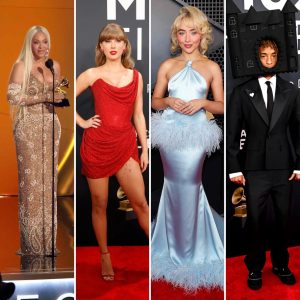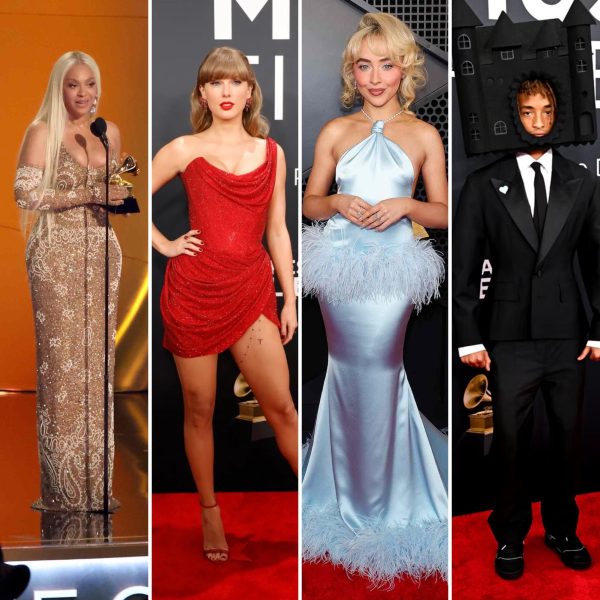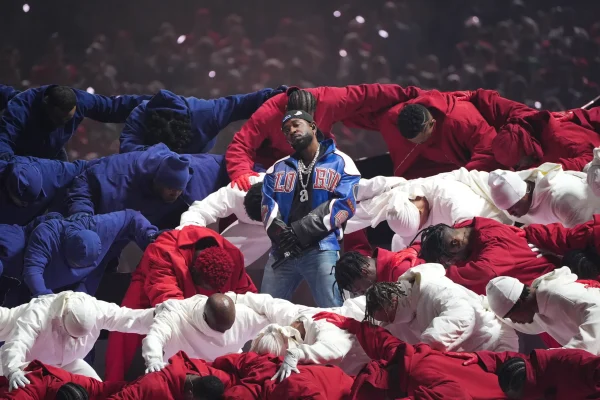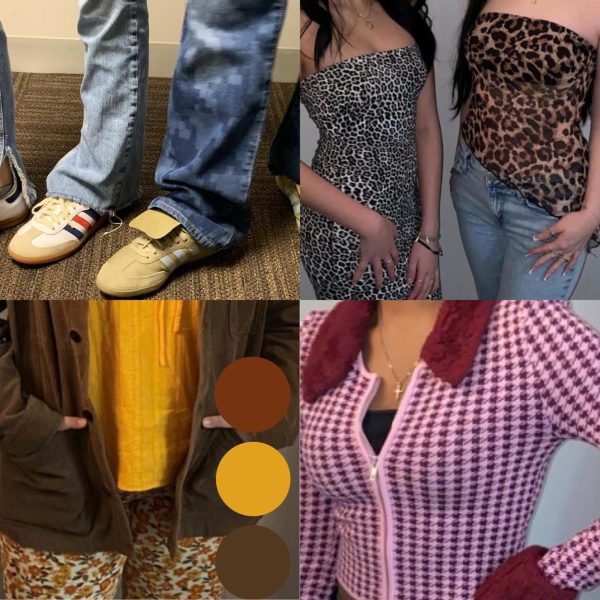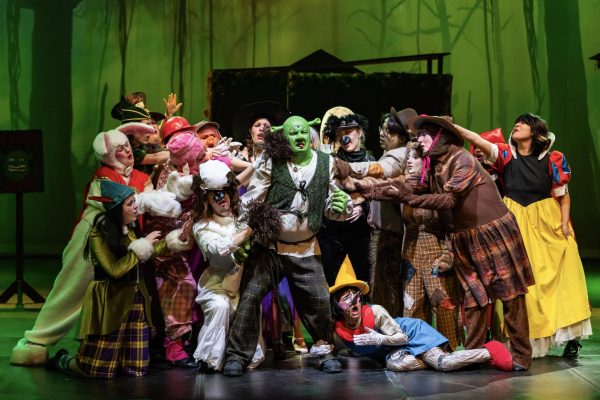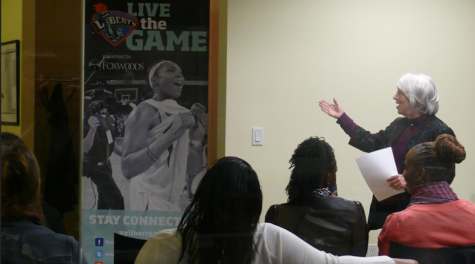Diversity and the Golden Globes
The 71st annual Golden Globes took place this year on Sunday, Jan. 12. As usual, they were filled with designer gowns, talented stars and a total lack of equal representation in the nominations. Racial and gender inequality is a disease that has plagued Hollywood since its rise to fame, and things aren’t getting much better.
Only 4 black women have ever won best supporting actress for film in the history of the Globes. No women or people of color were nominated for Best Original Score last night. Actress Lupita Nyong’o from “12 Years A Slave” was the only woman of color nominated in any film acting category. In the last 24 years, out of 120 directing nominations, only 4 percent have been awarded to women.* The list goes on.
While some may blow the issue off, saying that the Globes is simply an awards show, how much does it really represent the media as a whole? The point is, when a movie wins a prestigious award, other filmmakers look to that movie as an example – as a goal to strive for. So if a movie or TV show with a complete lack of diversity wins an award, it is teaching the world of film that it is something they can still get away with.
“A nom at the Golden Globes increases the chances that similar movies or filmmakers will get funded,” writer and feminist Imran Siddiquee tweeted. “So lack of diversity matters.”
Despite this evident gap in racial and gender representation, critics are saying that at the Globes this year there was just, “too much estrogen.” Writer Kyle Smith of the New York Post reprimanded the Globes for just that reason.
“Last night’s Golden Globes broadcast might as well have been called ‘Girls,’” Smith said. “With its strenuously chummy hosts Tina Fey and Amy Poehler, its saccharine-bordering-on-absurd acceptance speeches and its deluge of tear-jerking “inspirational” commercials . . . the night was a deep dive into a pool of estrogen.”
This dismissive and ignorant view of what exactly gender representation means is discouraging, to say the least. It is disappointing to think that emotional speeches, half of which were given by men, and commercials, made my companies with more men in positions of power, could be considered too much female involvement
Bloggers, writers and individual directors all over are speaking out about this issue. But according to writer Solvej Schou, this will not be enough to elicit change. She says that those at the top, groups such as the Directors Guild, the Writers Guild and other major film studios, need to address gender equality together.
San Diego University’s Center for the Study of Women in Television and Film completes an annual study on the glass ceiling in Hollywood. Author of the study and the executive director of the center, Martha M. Lauzen, revealed that the percentage of women working in key behind-the-scenes roles is lower than that of both 1998 and 2012.
“Every time a filmmaker who happens to be a woman enjoys success, it’s perceived as a fluke in Hollywood circles, not part of a trend,” Lauzen said. “That has to change.”
Assuming the current increase of awareness continues, changes will be made and this lack in diversity will start improving. If anything, I hope the amount of women in such positions does not continue to decrease as it has been. Sadly, this problem, the lack of both racial and gender diversity in roles of leadership, is seen in areas other than just the film industry. Surely these issues will be solved soon – the future happiness and success of our nation relies on it.
So far it is not looking so good for the upcoming Oscars. Out of 70 nominations, 55 are going to men and only 15 are going to women.
“Most of the powers that be, the people that could really create change, have remained incredibly silent on this issue,” Lauzen said. “Something has to be labeled as a problem in order for people to feel they need to do something about it.”
*Information found at @RepresentPledge
Your donation will support the student journalists of Plano Senior High School. Your contribution will allow us to purchase equipment and cover our annual website hosting costs.
Senior Torie Brannen is entering her second year on the Wildcat Tales staff, this year serving as Print Editor-in-Chief.

